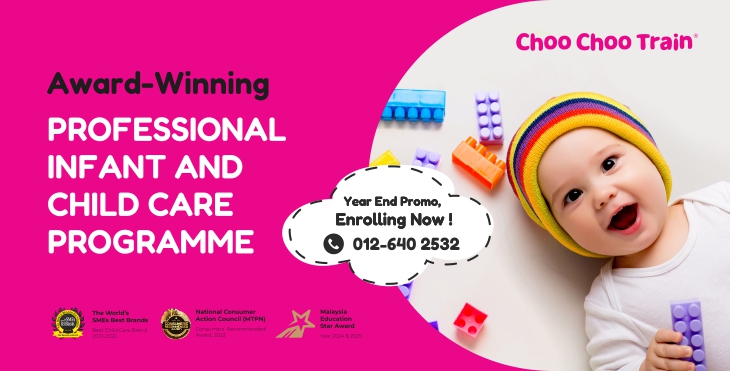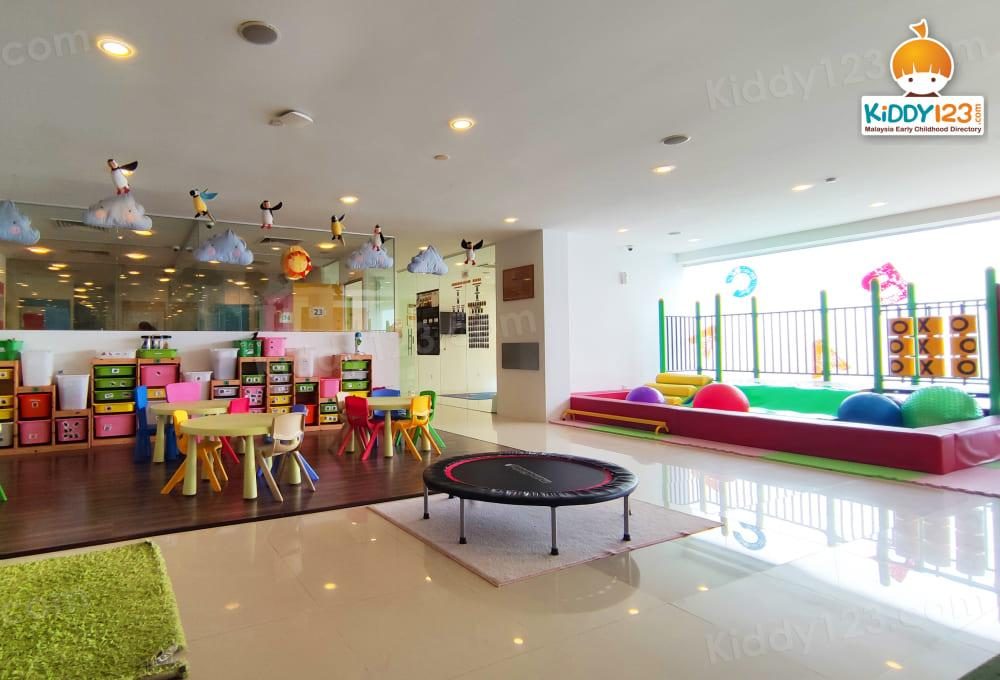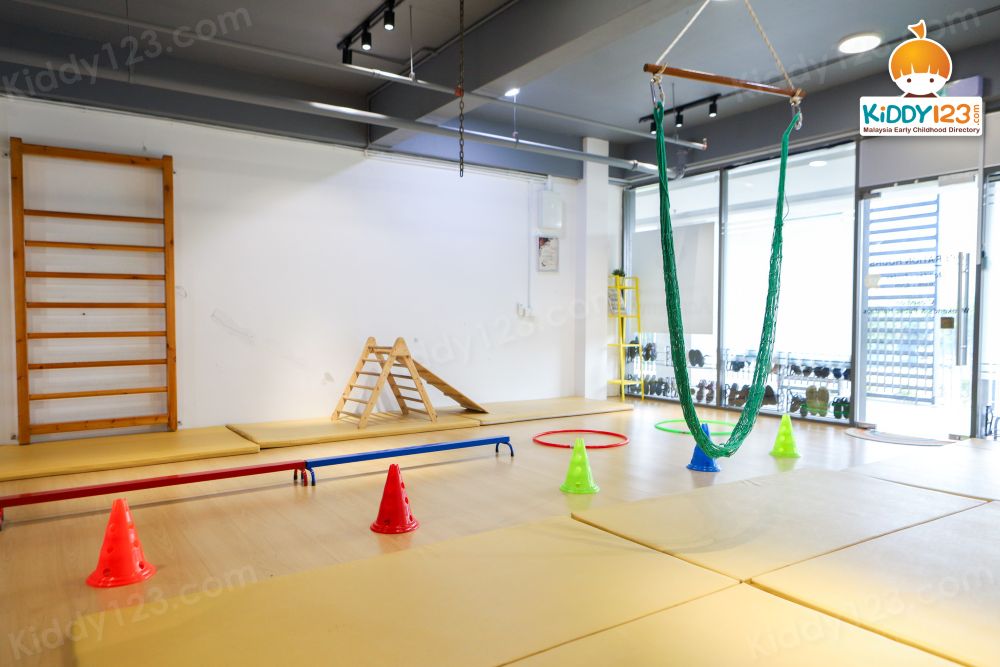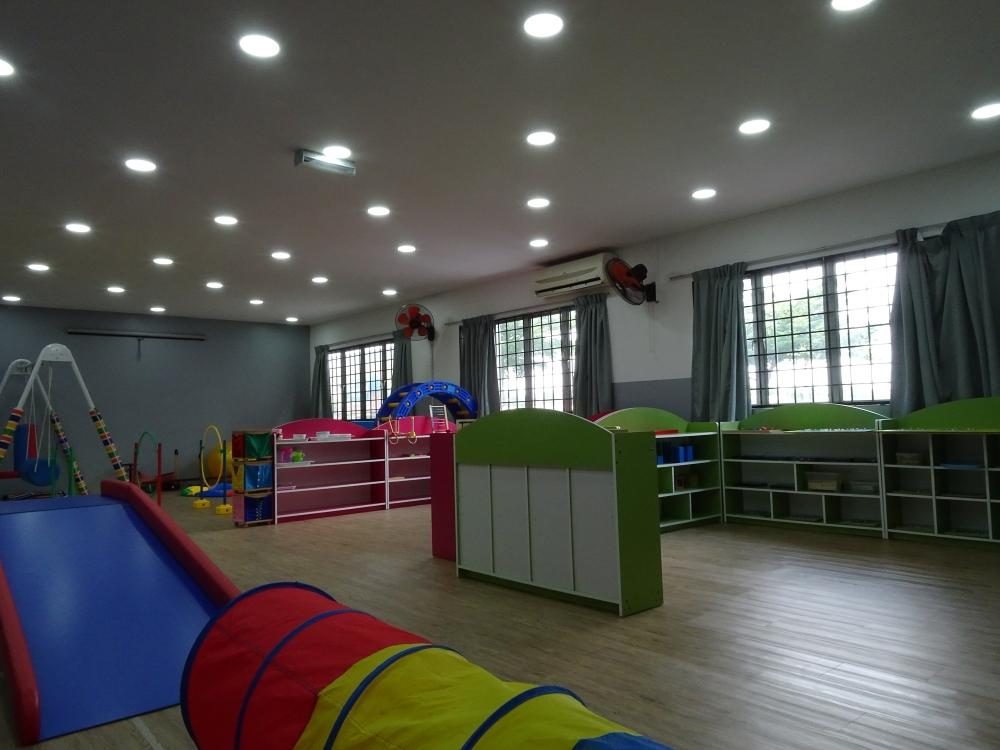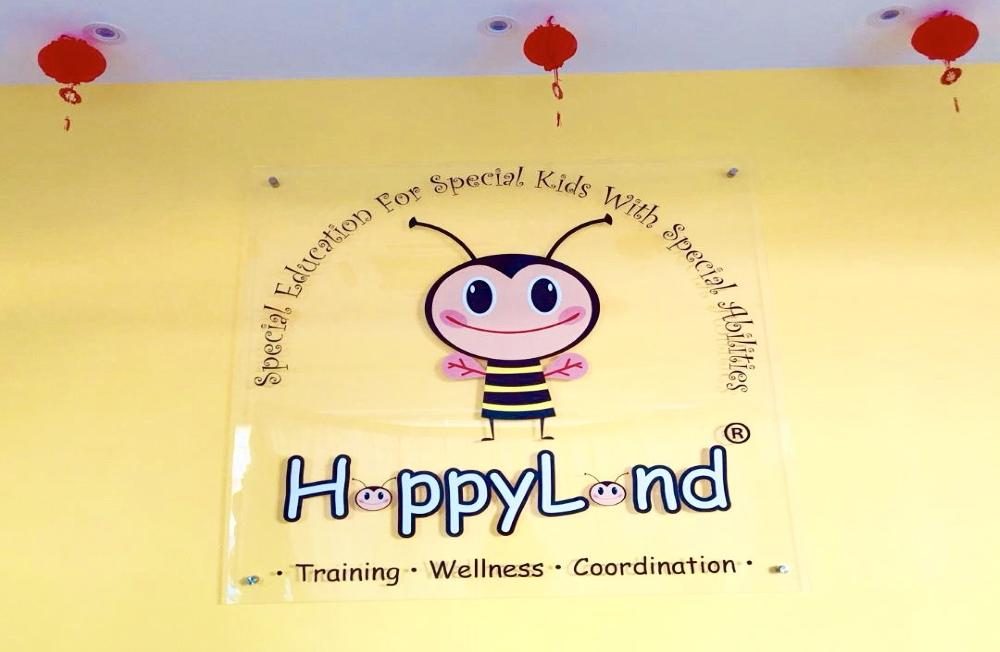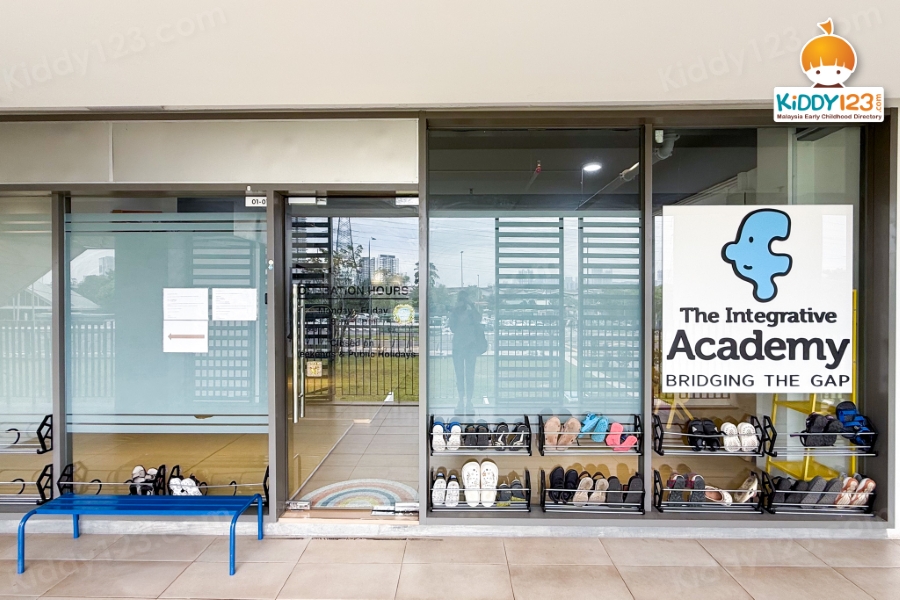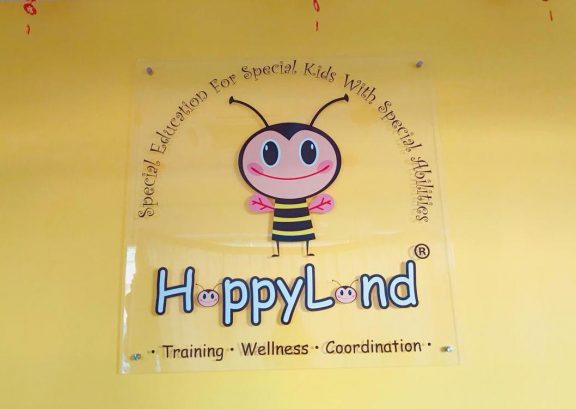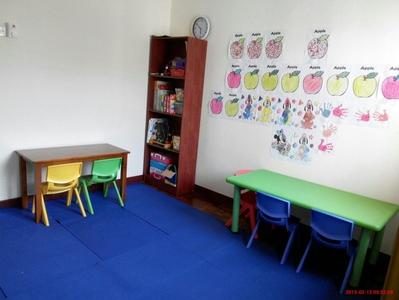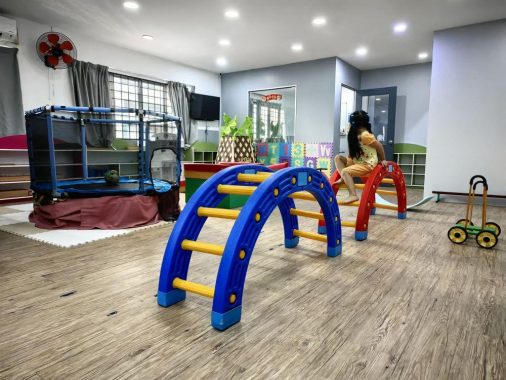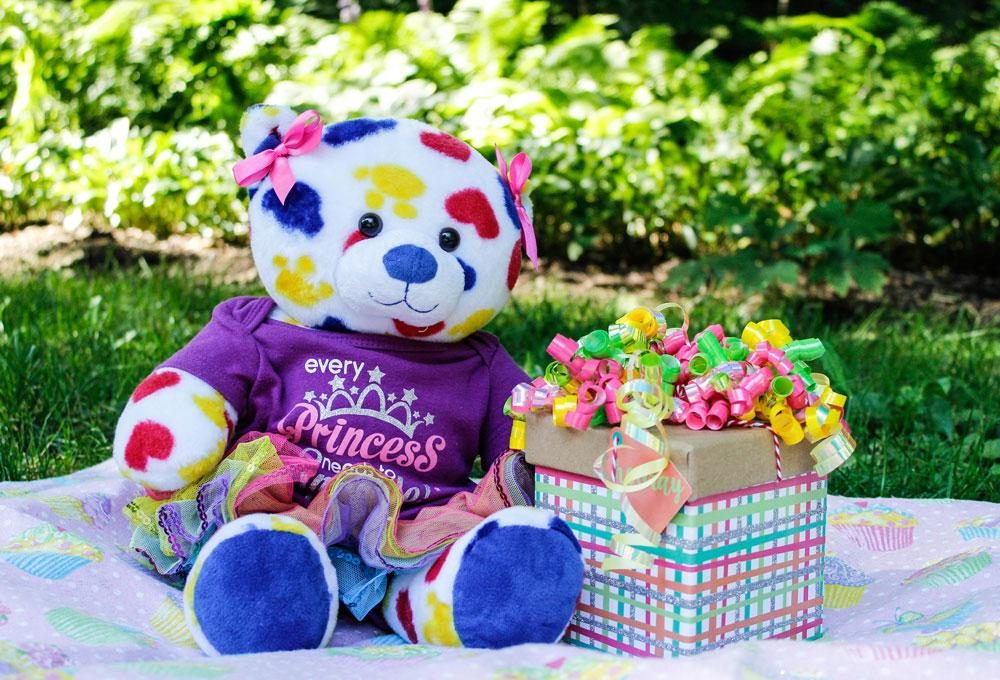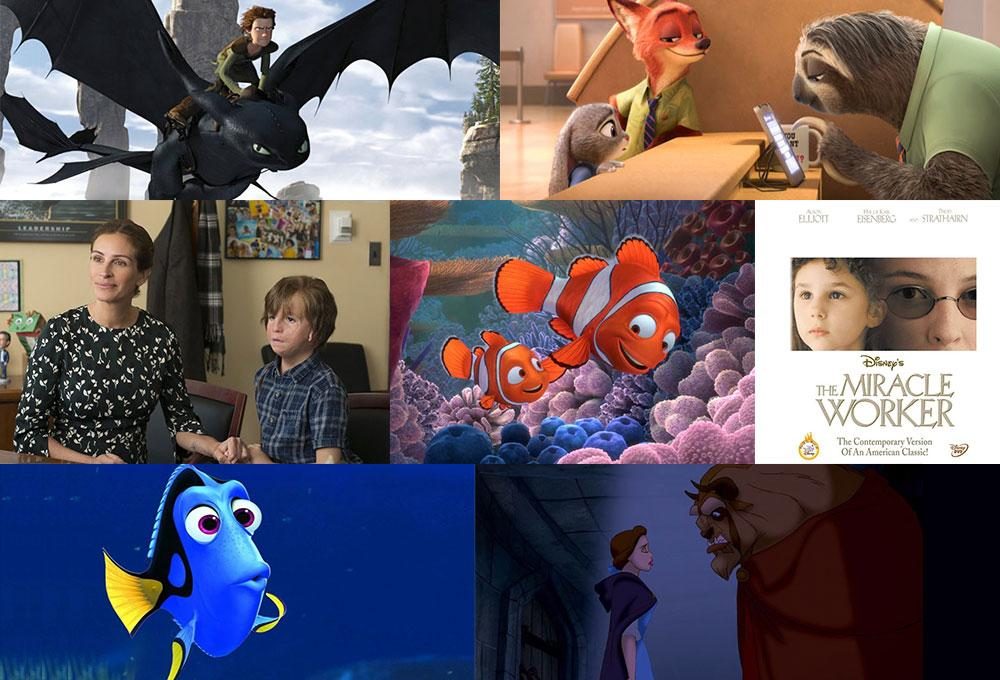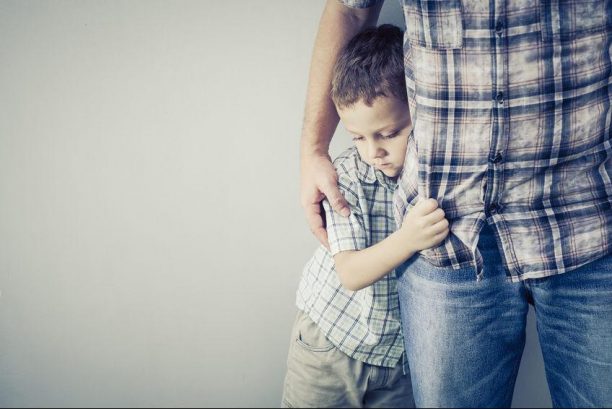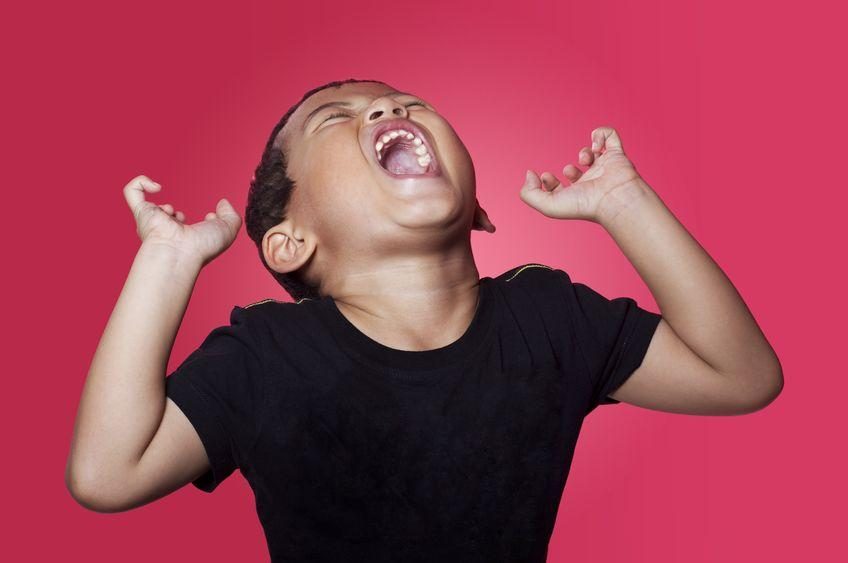ABA Therapy for Autism
by on 05/07/2025 ...
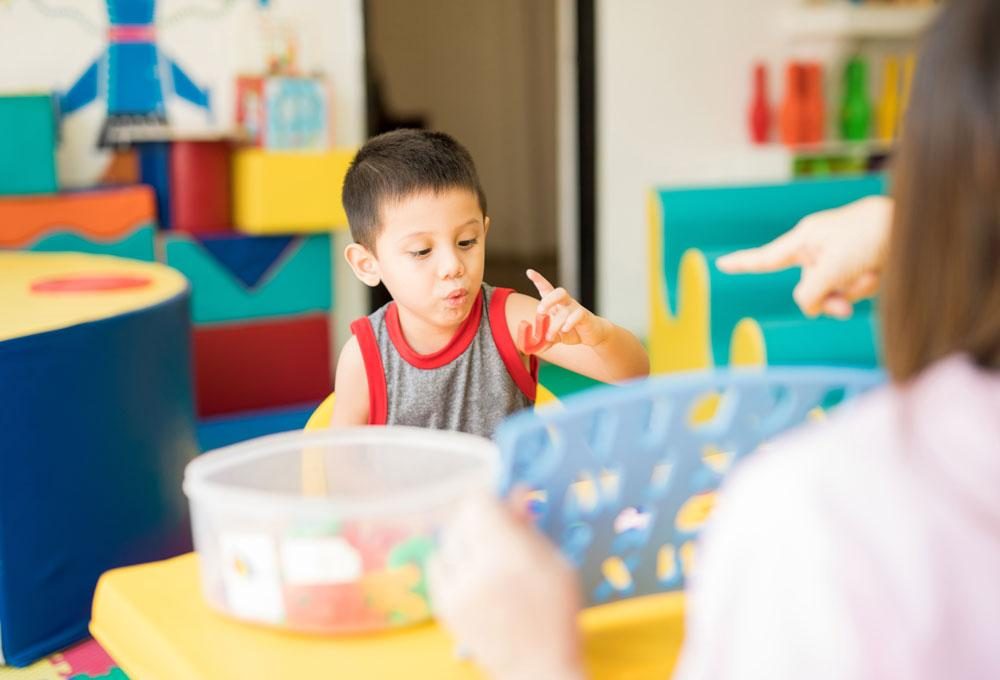
This article has been republished with permission from Autism Parenting Magazine.
ABA Therapy has become a hot topic in the autism community. In this special guide, we discuss everything you to need to know.
What does ABA stand for?
ABA stands for Applied Behaviour Analysis which a behaviour centred therapy based on the science of learning.
What is ABA Therapy?
ABA is a method of treating people with autism by modifying behaviour using positive reinforcement. This approach employs the principles of applied behaviour analysis, which states that desired behaviours can be developed using a rewards-and-consequences system. In this method, a therapist identifies and sets a goal for the child to develop a target skill or behaviour and measures his/her progress throughout the treatment period.
ABA Therapy is the most common therapy for children with autism and is considered the most established and well-documented approach due to its scientific and systematic nature. To date, Applied Behaviour Analysis is reported to be one of the most effective treatments for autism as parents and specialists see significant improvement in the child’s behaviour.

How does ABA therapy work?
Following the idea that behaviour can be taught or modified by using rewards and consequences, ABA therapy usually starts with the behaviour analyst observing your child and identifying behaviours and skills that need to be improved.
Once a challenging behaviour is identified, the therapist will then create a strategy using the principles of ABA to shift this behaviour into the “target behaviour.”
ABA therapists might use the ABC approach when understanding your child’s behaviour and applying strategies to modify it. ABC stands for Antecedent, Behaviour, and Consequence.
Broken down, this means:
Antecedent: The event that happens before the behaviour
Behaviour: The child’s behaviour
Consequence: The event following the behaviour
The ABC method is used before therapy to understand how a child behaves prior to treatment. It is then used to change or adjust the antecedent to achieve the target behaviour.
For example, Applied Behaviour Analysis therapy can be applied to a child who throws a tantrum when he/she is interrupted from playing. The antecedent here is the child engrossed in his/her playtime. A therapist might use the ABC approach in this way:
Antecedent: The therapist tells the child that he/she can play for two more minutes, but he/she needs to put the toys away when time is up.
Behaviour: The child stops playing after two minutes and packs the toys away.
Consequence: The therapist rewards the child verbally (“Great job!”) or with a physical gesture (high five, thumbs up).
The consequence can change if the child does not behave the way he/she was expected to behave. While punishment is no longer a common practice in applied behaviour analysis therapy, a consequence for not behaving accordingly can be simply taking away privileges like screen time or playing video games.
To give you a bigger picture, an ABA therapist might do the following:
-
Identify challenging or undesirable behaviours
-
Plan a strategy and establish specific goals
-
Create a system to measure changes and improvements
-
Assess and record the current status or progress
-
Teach new skills and/or lessen challenging behaviours
-
Determine if further behaviour modification is necessary
The goal of ABA therapy is to lessen or completely remove a specific challenging behaviour or teach a new skill. In some cases, it is used to reduce violent and self-harming behaviour in children.

The ABA therapist can use specific methods, such as:
|
Discrete Trial Training |
|
Discrete Trial Training employs the ABC approach in modifying behaviour and/or teaching new skills. This method is done in clinical, one-on-one sessions where tasks are broken down into smaller steps to help the child understand and follow instructions. |
|
Incidental Training |
|
This method has the same goal and approach as DTT, but the difference is that this can be done outside a clinical setting. This method is designed to be implemented in school and at home. |
|
Pivotal Response Training |
|
Pivotal Response Training takes place in the child’s natural settings (school, home, playground). This strategy is less structured and more focused on using the child’s interests in teaching skills. The idea behind pivotal response training is there are four key areas that are essential to a child’s development. They are motivation, self-initiation, self-management, and responsiveness. |
Can ABA Therapy help improve skills for children with autism?
In addition to minimizing challenging behaviour, Applied Behaviour Analysis is also useful in improving social, emotional, and communication skills in children with autism.

In general, goals include:
-
Increase social interaction with others
-
Improve communication skills (especially asking for what the child wants)
-
Enhance focus on academic tasks
-
Lessen or extinguish self-injurious behaviours
-
Lessen tantrums or other outbursts
How does Applied Behaviour Analysis provide structure and support?
ABA Therapy follows a systematic and scientific approach and can sometimes be repetitive, which can provide the structure that most children with autism prefer.
The strategies applied in the therapy can also be accomplished outside of the treatment center. Therapists can train parents so they can continue ABA strategies at home, in school, or other outdoor venues and events.
Where do I find ABA therapy services?
Ideally, ABA therapeutic services are done by board-certified behaviour analysts (BCBA). These professionals undergo Applied Behaviour Analysis training and certification to be able to practice. However, in some treatment centers where there are not enough BCBAs, therapists, and registered behaviour technicians (RBTs) can provide sessions under the training and supervision of a BCBA.
There are also a number of other considerations to think about which we covered in our guide about how to choose an ABA provider when you are unsure of the process.
The best person to ask for a recommended therapist would be your child’s pediatrician or doctor. You can also discuss or ask any questions you might have about ABA.
You may also contact the special needs centres on this page.
Getting ready for Applied Behaviour Analysis therapy
Before starting therapy, you may want to go through some checklists to ensure that you are getting the best treatment for your child.
To help you prepare for your child’s first visit, you can do the following:
-
Have a support system – Inform family members of this treatment plan and ask for their support.
-
Have a “therapy” space at home – It helps to have a dedicated spot for carrying out treatment sessions at home.
-
Prepare your child – Establish routines and structure with your child. When this is done, he/she will be more likely to do well during ABA therapy.
-
Learn more – Read as much as you can about ABA and how it works, and the many ways you can implement its strategies at home.

What are the questions that I need to ask about ABA therapy?
ABA is not cheap – in fact, one ABA session can cost an average of $120. Fortunately, Applied Behaviour Analysis is covered by most insurance plans. It is covered by Medicaid for children under 21 years old and with a doctor’s recommendation. Note that this policy may vary according to where you live.
Before choosing an ABA therapy center, you can ask these questions first to help you make an informed decision:
- What type of insurance do you accept?
- How many applied behavioural therapists and BCBAs do you have?
- How many therapists will be working with my child?
- How do you manage safety concerns?
- How do you determine the goals for my child? Do you consider input from parents?
- How is progress evaluated?
- How many hours per week can you provide?
- Do you have a waiting list?
ABA is not for every child on the spectrum. It is, therefore, your responsibility to do proper research and talk to professionals before choosing this treatment for your child.
Controversy about ABA therapy
Despite its popularity, ABA therapy has received some criticism from parents and advocates with the way some practitioners apply certain strategies that can be considered inhumane and disrespectful.
This conduct started in the 1960s when clinical psychologist Dr. Ole Ivar Lovaas created Discrete Trial Training, which is a method of treating people with autism based on the principles of ABA. Dr. Lovaas used positive reinforcement to reward good behaviour, but also used “averse reinforcement methods which included electric shocks” even to severely impaired patients.
Thankfully, harmful and painful negative reinforcement is no longer being practiced in ABA therapy today. Instead of punishment, some ABA therapists might take away privileges or withhold a desirable object from the child when he/she does not act out a target behaviour.
Another criticism of Applied Behaviour Analysis is its tendency to be repetitive, which might be considered tiresome and disrespectful to the child being treated. This might be true with earlier instances of ABA, but these days, certified behaviour analysts and therapists are trained to be energetic, creative, and spontaneous when interacting with children.

Lastly, some ABA therapists focused too much on eliminating undesirable behaviour rather than redirecting children into the tasks that they should be doing. It goes back to Dr. Lovaas’ ideals that children with autism act the same way as their neurotypical peers rather than accepting neurodiversity.
Today, the majority of ABA practitioners have acknowledged the early faults of the method and made adjustments to make it more flexible and respectful of each child’s learning and developmental capacity.
If you are concerned that Applied Behaviour Analysis therapy might not suit your child, be ready to ask questions and bring up these concerns directly to an ABA specialist to help you come up with your assessment.
If you do decide to do ABA therapy, make sure you monitor each session and be up to date with your child’s progress.
Frequently Asked Questions
Q: What does ABA therapy do for autism?
A: ABA therapy focuses on improving specific behaviors and skills in individuals with autism through positive reinforcement. It helps increase desired behaviors while reducing challenging ones, promoting independence and social skills.
Q: What is an example of ABA therapy?
A: An example of ABA therapy is using a reward system to encourage a child with autism to engage in eye contact during conversations. The therapist may offer a preferred toy or praise as a positive reinforcement when the child successfully makes eye contact.
Q: At what age is ABA most effective?
A: ABA therapy is most effective when started at a young age, ideally before 5 years old. Early intervention helps shape developmental milestones and can lead to better outcomes in social, communication, and adaptive skills.
Q: Who can benefit from ABA?
A: Individuals with autism spectrum disorder, from young children to adults, can benefit from ABA therapy. It is also effective for people with varying levels of functioning, from those with severe challenges to those with mild symptoms.
Q: How long should an ABA session last?
A: ABA sessions typically last between 1 to 3 hours, depending on the individual’s needs and the intensity of the therapy. Sessions may vary in duration, with some programs requiring multiple sessions per week.
Contact: HappyLand Psychology & Therapy Centre, Johor Bahru











